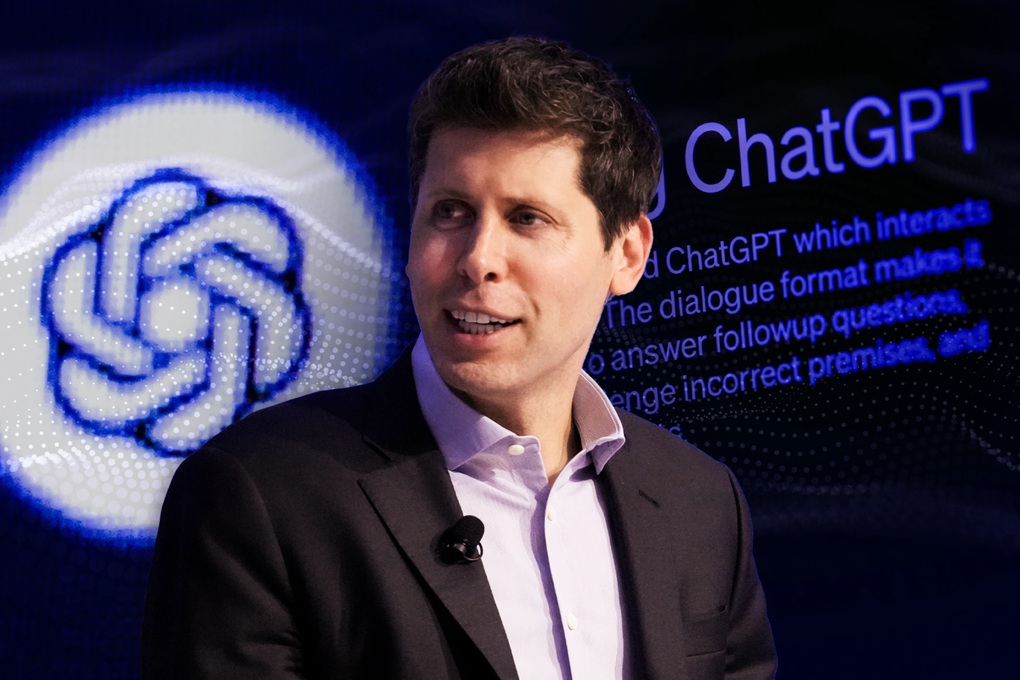
ChatGPT's father's worrying predictions about AI are gradually becoming reality (Photo: Sky News).
From customer service and logistics to law, finance and creative arts, AI technology is automating tasks, changing workflows and redefining roles.
Millions of jobs replaced by AI
This shift is no longer theoretical, it is already happening. A 2023 analysis by Goldman Sachs predicted that generative AI could boost global GDP by as much as 7% by 2030, thanks to significant productivity improvements.
However, the flip side of this economic growth is disruption. Millions of jobs are predicted to be displaced or transformed, especially those involving repetitive tasks, data processing or automation.
OpenAI CEO Sam Altman describes this moment as a turning point. In his public statement, “The Gentle Singularity,” Altman asserted: “We have crossed the event horizon; the takeoff has begun” (referring to a wave of AI that is replacing many jobs).
His comments reflect the reality that AI tools — such as large language models and multimodal systems — are performing on par with or surpassing humans in many specialized domains.
As these systems become more deeply integrated into the professional work environment, new opportunities are emerging, but at the same time, job risks are growing.
Why are millions of jobs at risk?
The reason AI threatens millions of jobs lies in its ability to replicate rules-based, repetitive, or procedural tasks.
Unlike previous technologies that required human supervision, generative AI systems can now operate autonomously in areas that once relied on manual labor.
Dario Amodei, co-founder and CEO of AI safety company Anthropic, estimates that up to 50% of current blue-collar jobs could be eliminated in the next five years due to automation.

AI is replacing many office jobs (Illustration: DT).
These jobs are particularly vulnerable because they follow predictable and repeatable patterns — ideal input for generative AI tools.
Disruption is not limited to office jobs. In the logistics industry, AI-powered robots are replacing manual labor in warehouses.
In the media industry, automatic captioning systems and real-time translation are taking over tasks previously performed by professional linguists.
This change is accelerated by the scalability of AI. A single model can generate output across multiple industries and languages, significantly reducing labor costs for companies while increasing their efficiency.
AI is Hiring: New Roles in the Workforce
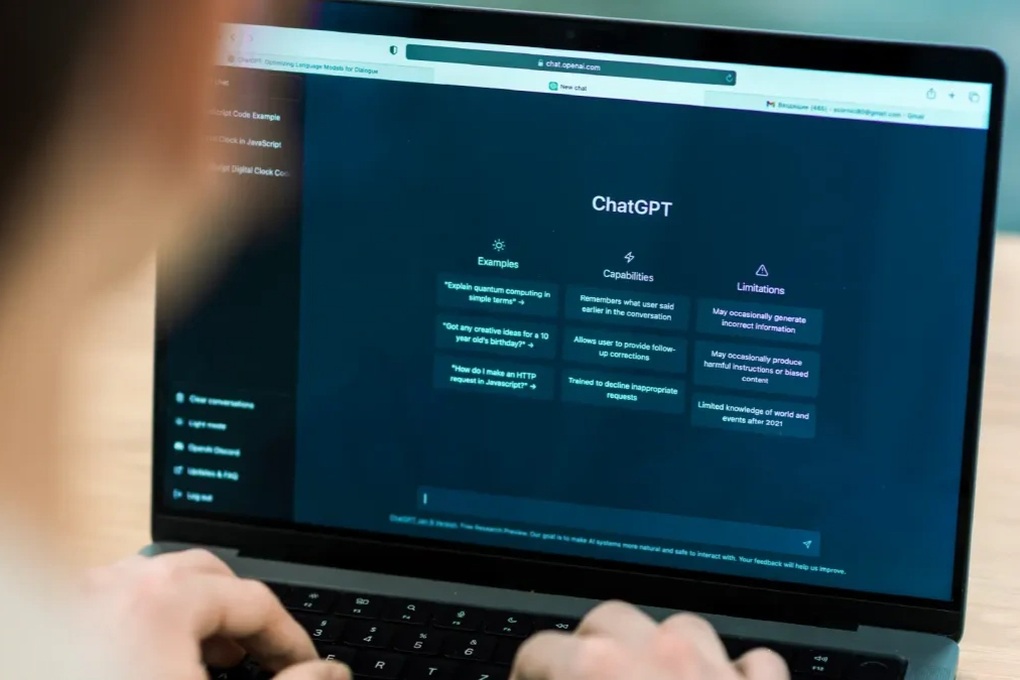
Besides the jobs replaced by AI, many new jobs will also be created (Illustration: News Tech).
While some traditional jobs are disappearing due to the impact of artificial intelligence (AI), many new professions are also forming and developing rapidly. Some typical positions include:
Prompt Engineer: The person who designs and optimizes inputs so that the AI system generates accurate, useful responses. This is a key link in improving the effectiveness of human-AI interactions.
Data Curation Team Leader: Responsible for monitoring the quality and diversity of training datasets, ensuring AI systems operate effectively and adhere to ethical standards.
Model Bias Auditor: Expert in reviewing the output of AI models to detect and mitigate biases, ensure fairness, and comply with regulatory requirements.
AI Operations Technician (AI Ops): Responsible for maintaining and optimizing the technical infrastructure for AI, including model deployment, system scaling, and performance improvement.
Synthetic Media Designer: Use AI tools to create videos , images, and interactive experiences that were previously difficult to create due to high technical requirements or high costs.
AI isn’t just replacing jobs – it’s also enhancing many existing professions. In the content creation space, copywriters are now using AI to draft initial drafts, allowing them to focus on deeper storytelling and more effective strategic planning.
In customer service, a field study conducted by MIT and Stanford found that integrating AI assistants increased support staff productivity by up to 14% per hour. For less experienced staff, the improvement was even more dramatic, increasing problem resolution success by 34%.
However, the shift is inevitable. According to a report by McKinsey & Company, nearly 100 million global workers could have to change occupations by 2030 due to the impact of automation and AI.
In response, many countries are implementing public-private partnership programs that focus on retraining and upskilling the workforce to help them adapt to the new working environment.
Source: https://dantri.com.vn/cong-nghe/du-doan-dang-lo-ngai-cua-cha-de-chatgpt-dan-tro-thanh-hien-thuc-20250709182438475.htm





![[Photo] Prime Minister Pham Minh Chinh attends the closing ceremony of the exhibition of national achievements "80 years of the journey of Independence - Freedom - Happiness"](https://vphoto.vietnam.vn/thumb/1200x675/vietnam/resource/IMAGE/2025/9/15/a1615e5ee94c49189837fdf1843cfd11)
![[Photo] National conference to disseminate and implement 4 Resolutions of the Politburo](https://vphoto.vietnam.vn/thumb/1200x675/vietnam/resource/IMAGE/2025/9/16/5996b8d8466e41558c7abaa7a749f0e6)
![[Photo] General Secretary To Lam chaired a working session with the Standing Committee of the Party Committee of the Ministry of Foreign Affairs](https://vphoto.vietnam.vn/thumb/1200x675/vietnam/resource/IMAGE/2025/9/15/f26e945b18984e8a99ef82e5ac7b5e7d)
![[Photo] General Secretary To Lam attends the National Conference to disseminate and implement 4 Resolutions of the Politburo](https://vphoto.vietnam.vn/thumb/1200x675/vietnam/resource/IMAGE/2025/9/16/70c6a8ceb60a4f72a0cacf436c1a6b54)





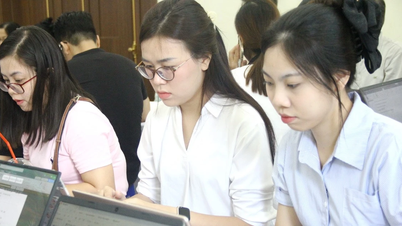



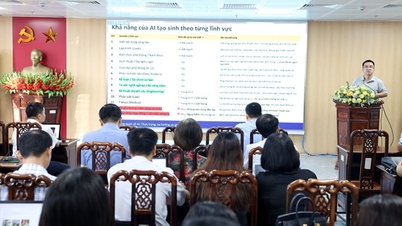







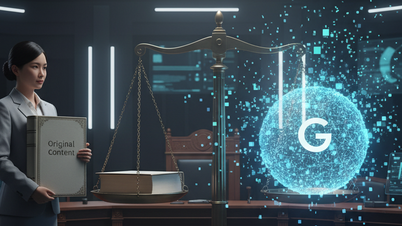
































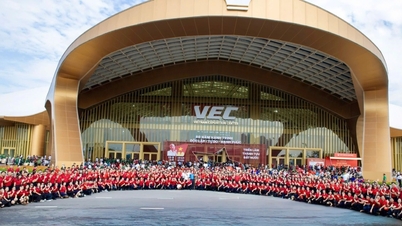



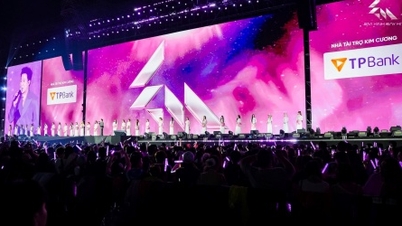



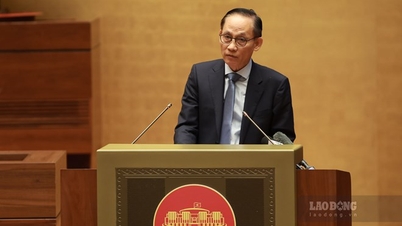



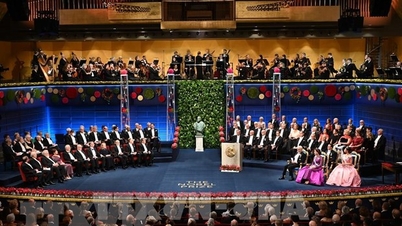

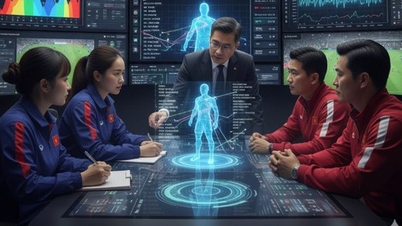










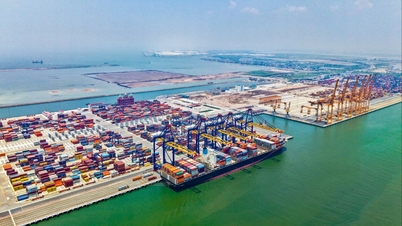





















Comment (0)